Yam or Sweet Potato: What’s the Difference Really?
Yam vs. sweet potato confusion leaves many shoppers scratching their heads at grocery stores.
Root vegetables share similar appearances but come from entirely different plant families with distinct histories.
The colorful sweet potato typically has smoother skin and sweeter flesh, making it popular in American holiday dishes.
Real yams, meanwhile, have rough, bark-like exteriors and starchier interiors - they're staples across Africa and the Caribbean.
Most products labeled as "yams" in North American markets are actually varieties of sweet potatoes with different coloring.
Their nutritional profiles differ significantly, with sweet potatoes offering more vitamin A while yams contain more potassium.
The next time you prepare a dish calling for either ingredient, you'll understand exactly which one belongs on your shopping list.
The Overview of Yam
Yam belongs to the Dioscoreaceae family, which includes several root vegetables like Chinese yam, air potato, and yampee. These starchy tubers thrive naturally in warm regions worldwide and are commonly cultivated throughout tropical areas.
Many communities in West Africa and New Guinea rely on yams as their main agricultural crop because they're packed with essential vitamins and minerals.
The edible tubers serve as important staple foods in these regions, providing valuable nutrition to local diets.
Home gardeners can easily grow yams in their own backyards without much difficulty, making them accessible for anyone interested in cultivating their own nutritious root vegetables.
Discover Sweet Potatoes
Sweet potatoes belong to the Convolvulaceae family, making them related to morning glory flowers despite being root vegetables.
These dicots originally come from tropical America and have become traditional fare during American and Canadian Thanksgiving celebrations.
Many families serve them as delicious side dishes - from sweet potato pie with cornmeal crust to those topped with toasted marshmallow swirls.
While yams grow as tubers, sweet potatoes are harvested for their starchy roots which serve multiple purposes beyond holiday meals.
Local communities sometimes use them to produce alcohol and extract starch, showing how versatile these orange-fleshed vegetables truly are.
Comparing Yam and Sweet Potato
Sweet potatoes and yams are often mixed up, but knowing their differences means you'll never confuse them again.
This table summarizes the differences between them.
| Feature | Yam | Sweet Potato |
| Plant Family | Belongs to the Dioscoreaceae family. | Belongs to the Convolvulaceae family. |
| Origin | Native to Asia, Africa, and the Caribbean with over 150 varieties worldwide. | Originated in South and Central America, widely available globally. |
| Taste | Drier, starchier, earthy, neutral flavor with slight sweetness depending on seasoning; creamy texture. | Softer, mushy texture with sweeter taste, especially in orange-fleshed varieties; less starchy than yams. |
| Appearance | Bark-like rough skin, usually dark brown or pinkish; flesh mostly white but can be purple or red; varies greatly in size. | Copper, brown, or purplish-red skin with vibrant orange, white, cream, or purple flesh; 4-10 roots per plant. |
| Shelf Life | Long shelf life up to 6 months, making it a staple in poor conditions and for long-term storage. | Typically shorter shelf life; varies by variety but less durable than yam. |
| Best Uses | Versatile: boiling, roasting, frying, baking, mashing; often used in African and Southeast Asian dishes; good for desserts and savory meals. | Used in fries, casseroles, soups, salads, and desserts; popular in Western dishes like Thanksgiving casseroles. |
| Nutrition | Higher in fiber, fat, vitamin K, vitamin C, and potassium; helps energy, weight loss, and cell repair. | Higher in sugar, protein, magnesium, calcium, and iron; supports mood, immunity, blood sugar regulation, sleep. |
Origin
Yams and sweet potatoes come from different plant families and have distinct origins. Yams belong to the Dioscoreaceae family and originate mainly from Africa, Asia, and the Caribbean, with over 150 varieties available worldwide.
They have become increasingly popular in Latin American and Caribbean markets. Sweet potatoes, on the other hand, belong to the Convolvulaceae family and were originally cultivated in South and Central America.
Today, sweet potatoes are widely grown and consumed across the globe.
Taste
Yams have a drier, starchier texture compared to sweet potatoes. Their flavor is earthy, neutral, and mildly sweet, which can be influenced by seasonings and cooking methods.
Sweet potatoes are naturally sweeter and have a softer, mushier texture when cooked. Among sweet potatoes, orange-fleshed varieties tend to be sweeter than the firmer white-fleshed ones.
Each offers a distinct flavor that suits different culinary uses.
Appearance
Yams usually have rough, bark-like skins that range from dark brown to pink, with white, purple, or red flesh inside. They grow as fewer, larger tubers, some reaching impressive sizes.
Their plant stems are slender with lobed leaves and small clustered flowers. Sweet potatoes, in contrast, typically have smoother skins in shades of copper, brown, or purplish-red and vibrant orange, white, cream, or purple flesh.
They produce more numerous, smaller roots per plant. There are two main sweet potato types: pale-skinned with dry flesh and darker-skinned with moist, sweet flesh.
Many people often mistake orange-fleshed sweet potatoes for yams.
Best Uses
Many people mix up yams and sweet potatoes because they look pretty similar and taste good in lots of recipes. These root veggies do have some key differences worth knowing about.
True yams are starchier with rough brown skin and white flesh, while sweet potatoes have smoother skin and orange insides. Yams grow mainly in Africa and Asia, reaching up to five feet long in some cases!
Sweet potatoes are much more common in American grocery stores and come in several varieties. Most orange "yams" in US stores are actually just sweet potatoes with the wrong label.
Both pack plenty of nutrients, though sweet potatoes offer more vitamin A. They can be baked, mashed, or fried equally well, so feel free to experiment with either one in your kitchen.
Nutrition Facts And Health Benefits
Root vegetables like yams and sweet potatoes aren't just tasty - they're packed with important nutrients that offer different health benefits.
Yams have more fiber, fat, vitamin K, vitamin C, and potassium than sweet potatoes.
On the flip side, sweet potatoes contain higher amounts of sugar, protein, magnesium, calcium, and iron, which can boost your mood, strengthen immunity, regulate blood sugar, and improve sleep quality.
The vitamins and minerals in yams protect cells from damage, repair muscle tissue, increase energy levels, reduce blood pressure, and support weight loss goals.
Check this table for more details.
| Nutrient | Yam (per 100g) | Sweet Potato (per 100g) |
| Fiber | 4.1 g | 3.0 g |
| Sugar | 0.5 - 1.2 g | 4.2 - 6.5 g |
| Fat | 0.2 g | 0.1 g |
| Protein | 1.5 g | 1.6 g |
| Vitamin K | 2.9 µg | 1.8 µg |
| Vitamin C | 17.1 mg | 22.3 mg |
| Magnesium | 21 mg | 25 mg |
| Potassium | 816 mg | 337 mg |
| Calcium | 17 mg | 30 mg |
Why Sweet Potatoes and Yams Are Often Mixed Up
In the U.S. and Canada, people commonly mix up sweet potatoes with yams, even though they come from completely different plants.
Back in the 1930s, some farmers in Louisiana grew a new type of sweet potato and started calling it “yam” to set it apart from the usual sweet potatoes on the market. This labeling trick is one main reason for the confusion.
There’s also a historical explanation: enslaved Africans who came to America noticed that sweet potatoes resembled the yams from their homeland, so they called sweet potatoes “yams.” This misunderstanding stuck and still causes mix-ups today.
Mouthwatering Yam Recipes
Check these tasty recipes that will open your eyes to new ways of enjoying yam. Give these dishes a try next time you spot these vegetables at your local market, and your family will surely ask for seconds.
Yamarita (Egg Coated Fried Yam)
Nigerian yamarita makes ordinary yam cubes extraordinary with a savory egg coating that creates pure magic on your plate. Yam lovers crave this mouthwatering dish where simple ingredients like eggs, milk, seasonings, and chili transform plain yam into something spectacular.
The contrast between the crispy golden exterior and the tender yam inside keeps people coming back for seconds. Kids and adults alike enjoy the satisfying crunch followed by the soft interior.
Making yamarita requires minimal preparation but delivers maximum flavor that pairs perfectly with dipping sauces or as a side dish to complete any meal.
Tuna Yam Balls
Tuna Yam Balls combine basic ingredients into a delicious treat that won't break the bank. These tasty morsels make perfect party appetizers that your guests will love to munch on.
Making them requires minimal effort but delivers maximum flavor impact at any gathering. Kids and adults alike will reach for seconds of these savory bites.
Prep time is quick, and the finished product looks much fancier than the simple process would suggest. Serve them warm with your favorite dipping sauce for an instant crowd-pleaser that nobody needs to know was so affordable to create.
Baked Yam Fries With Truffle Lemon Aioli
Baked yam fries paired with truffle lemon aioli are a flavor explosion waiting to happen. These golden-brown treats deliver a perfect balance of crunchy exterior and smooth center that makes snacking impossible to stop.
My homemade recipe creates fries that taste way better than restaurant versions, while keeping things healthier since they're baked instead of fried. People always ask for seconds when the rich, tangy aioli hits their taste buds - its earthy truffle notes and zingy lemon kick take these simple fries to gourmet territory.
Making these at home saves money and lets you control exactly what goes into your food for a guilt-free indulgence any day of the week.
Sweet Potato Delights To Try
Sweet potatoes can become the star of your dinner table with these delicious homemade recipes. They work well for weeknight meals or special gatherings when you want something both nutritious and crowd-pleasing.
Vegan Spiced Cottage Pies With Sweet Potatoes Harissa Mash
Delicious and hearty, these vegan spiced cottage pies topped with sweet potato harissa mash are sure to become a regular hit at your dinner table. Many people love the wonderful mix of rich flavors - from the warmth of spices to the natural sweetness of the potato topping.
Each bite offers a perfect balance between the zesty harissa and the deeply satisfying meat-free beef filling beneath. Families and dinner companions won't even miss the meat when they taste how the flavors blend together so beautifully in this comforting dish.
Making these pies doesn't take much effort, but the results always impress anyone who tries them.
Sweet Potato Cakes With Poached Eggs
Hunger strikes when you're short on time, making these sweet potato cakes with poached eggs your perfect solution. Our recipe comes together fast for busy nights while staying completely gluten-free.
Most people love how these warm, golden cakes pair with runny egg yolks for a satisfying meal that feels fancy but takes minimal effort. The simple ingredients create something truly delicious without complicated steps or long cooking times.
Your dinner problem is solved with this tasty option that works any night of the week.
Red Thai Peanut Curry With Sweet Potato And Chickpeas
Fans of Red Thai Peanut Curry should grab their phones and save this recipe right away. My mouth waters just thinking about the tasty mix of sweet potatoes and chickpeas in this dish.
The blend of spices creates such an amazing flavor that second helpings are almost guaranteed. Your family will ask for this meal again and again once they taste how the peanut sauce coats each bite perfectly.
The sweet potatoes add just the right amount of natural sweetness while the chickpeas provide a satisfying heartiness that makes this curry filling enough for dinner. Try making this for your next meal and see how quickly the pot empties.
Storage Tips fo Yams and Sweet Potatoes
Got Questions? We’ve Got Solutions
1. Can yams and sweet potatoes be used interchangeably in recipes?
Sweet potatoes can typically replace yams in most recipes, but true yams have a starchier, drier texture which may affect the final dish. In American recipes, what's labeled as "yam" is usually just a variety of sweet potato, so substitution works fine.
2. Are yams healthier than sweet potatoes?
Both are nutritious, but sweet potatoes generally contain more vitamin A and beta-carotene. Yams have more potassium and fiber. Sweet potatoes have a lower glycemic index, making them a better choice for blood sugar management.
3. How do I know if I'm buying a real yam?
Real yams are rarely sold in typical American grocery stores. They have rough, bark-like skin and are typically found in international or specialty markets. What's labeled as "yams" in most US stores are actually orange-fleshed sweet potatoes.

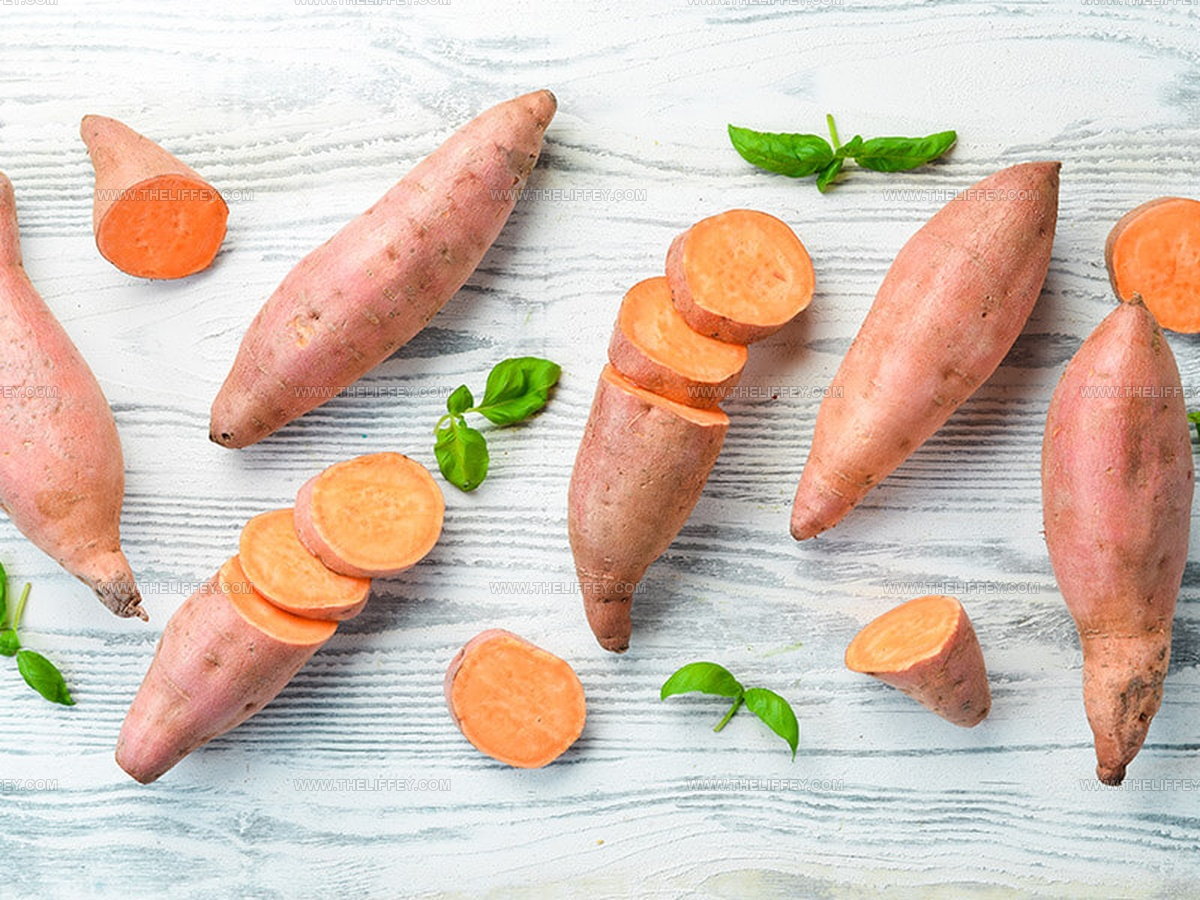
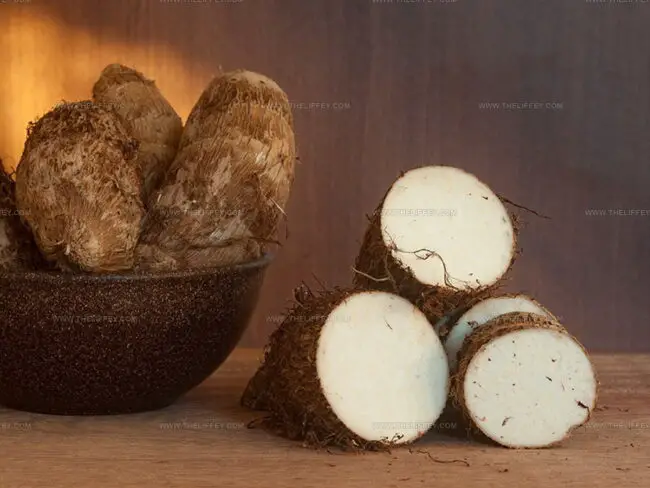
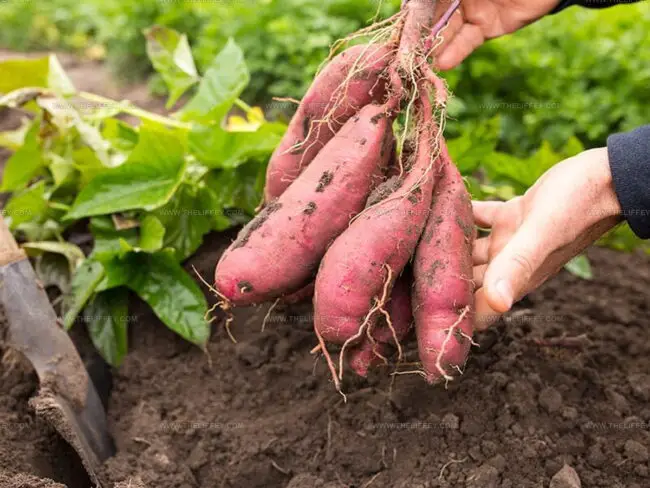
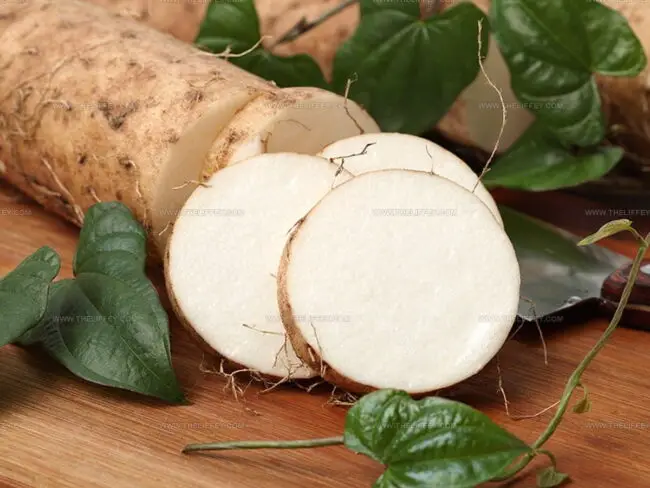
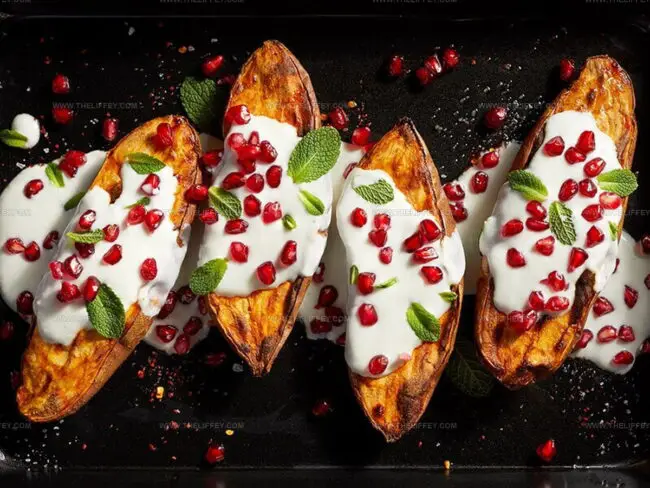
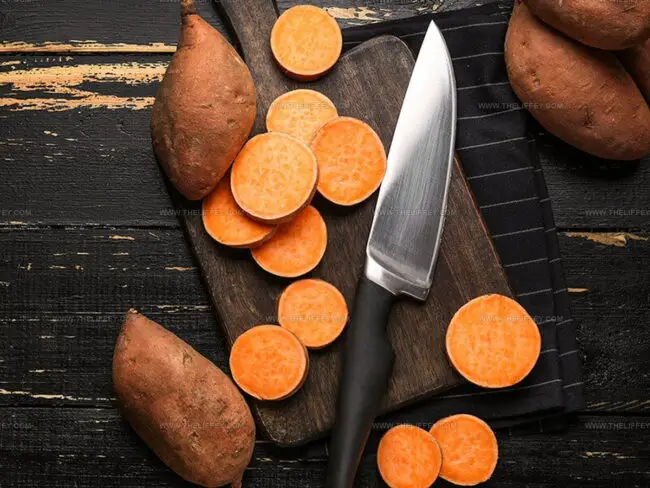
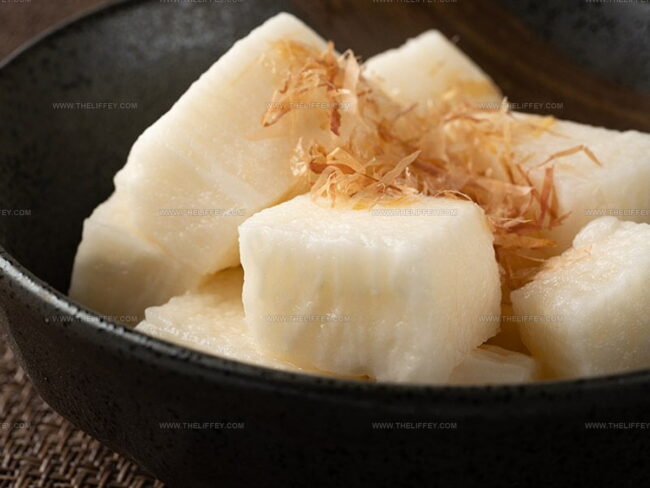
John Conley
Founder & Culinary Storyteller
Expertise
Recipe Development, Culinary Writing, Home Cooking Techniques, Seasonal Ingredient Utilization
Education
Lane Community College, Eugene, OR
Certificate in Culinary Arts
Focused on foundational cooking techniques, kitchen safety, and menu planning.
Gotham Writers Workshop, New York, NY
Course in Food Writing
Explored the art of crafting engaging culinary narratives and recipe development.
John grew up where food meant connection: big bowls, warm kitchens, and meals that told a story. After earning his Certificate in Culinary Arts from Lane Community College and diving deep into food writing at Gotham Writers Workshop, he found his calling: turning everyday recipes into something worth savoring.
At The Liffey, John’s focus is all about crafting dishes that feel easy, honest, and full of heart.